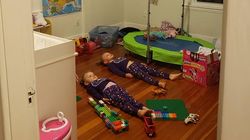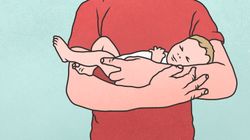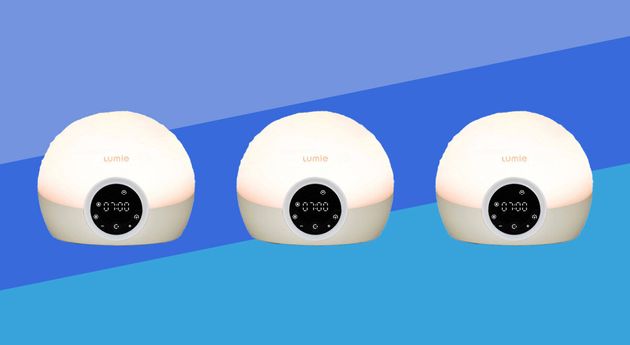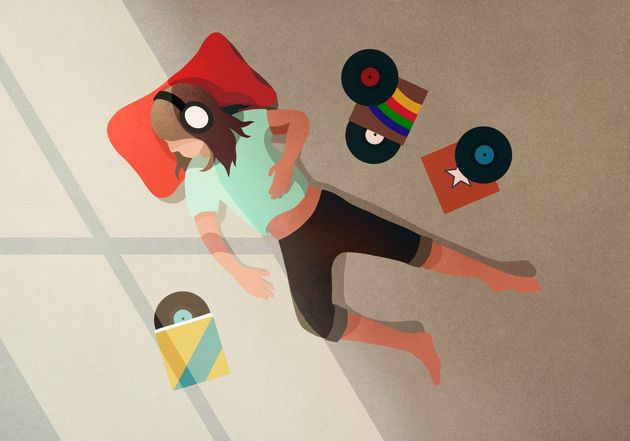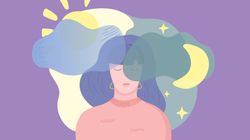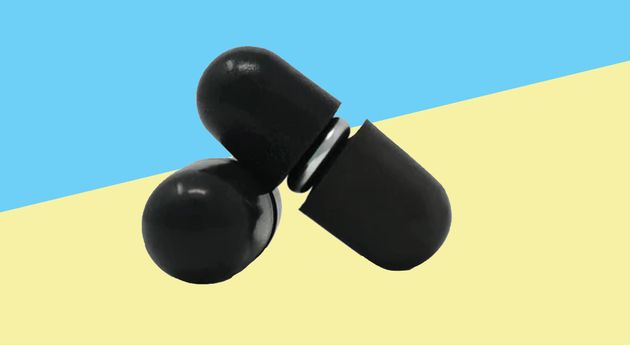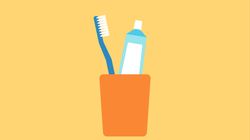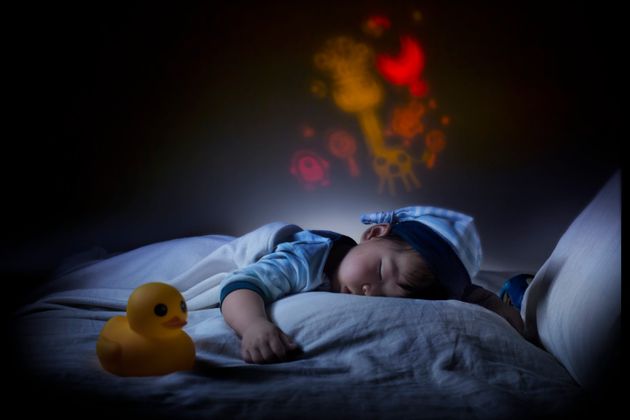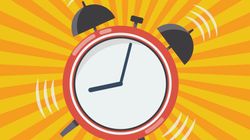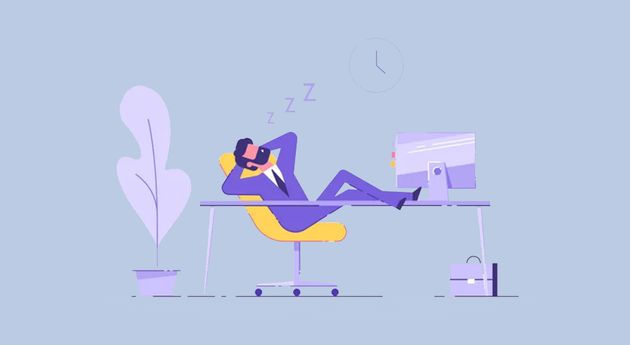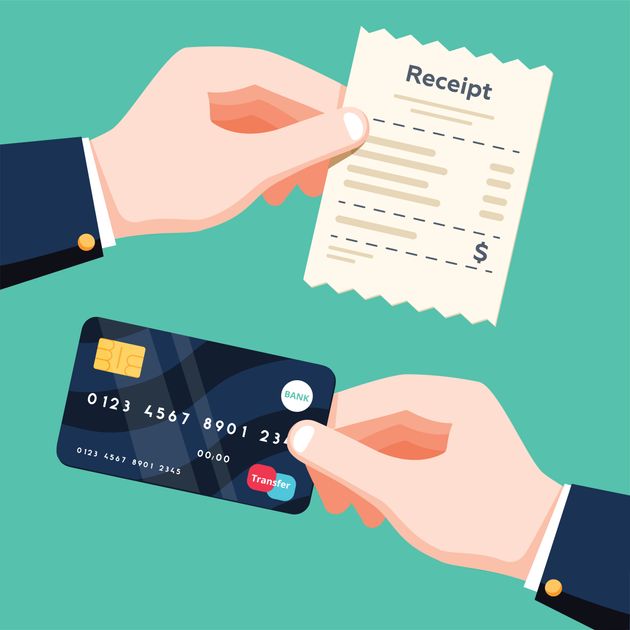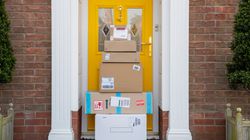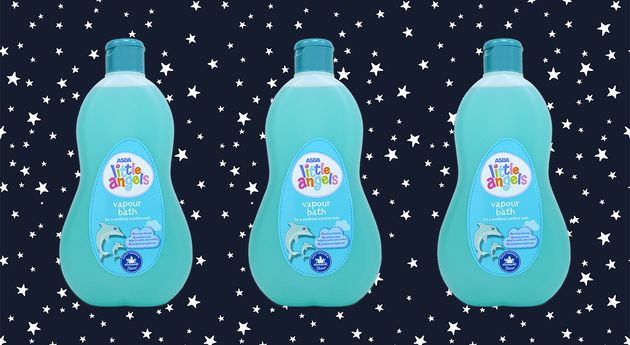
If you thought you were suffering from sleep deprivation as a new parent, you’re not alone. Bees feel it too.
Caring for newborns is seemingly as tough for bees as it is for humans, new research shows. Worker bees tending to the young get less sleep compared to their hive mates – such as drones (male bees) and queen bees.
The team say their findings, published in the journal Current Biology, add to emerging evidence that animals are able to give up sleep if the need arises.
Parents know that feeling well, right?
Worker bees are sterile females who make up the largest percentage of bees in a hive. They begin their lives as nurse bees, caring for and cleaning up after the queen, before moving on to the role of caring for the entire colony.
The scientists studied brood-tending bumble bees and analysed their sleep behaviour by performing sleep disturbance experiments and looking at their response thresholds.
They found that the nurse bees not only sacrificed their shuteye to look after the larvae, their lack of sleep continued when the brood moved on to their pupal stage – the life stage of some insects undergoing transformation between immature and mature stages – and did not need to be fed.
Moshe Nagari, a postdoctoral fellow at Hebrew University and lead author, added: “The fact that the nursing bees sleep so little, even when caring for pupae that do not need to be fed, was the most surprising.”
The researchers say other animals – such as birds and fish – have shown the ability to give up sleep in specific circumstances. Birds sleep less during their seasonal migrations, for instance, while some cavefish have evolved to sleep less than their counterparts that live in open water habitats.
Guy Bloch, a professor at Hebrew University and study co-author, said the rules around sleep are “less rigid” than we thought. “With bees, if there is no cost for sleep loss, it means that the brood-tending bees have a mechanism that allows them to significantly reduce sleep without a cost to their brain or other tissue.”
Erm, can we have that too – please?


